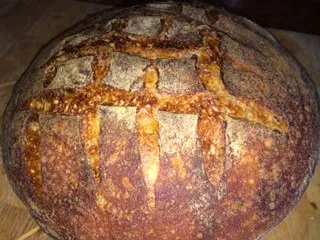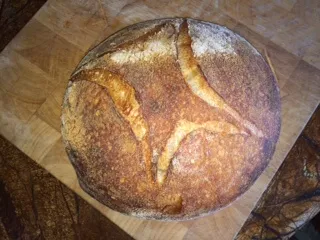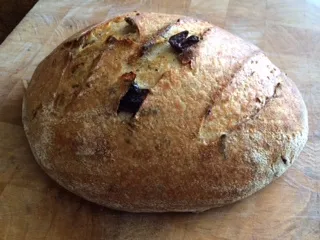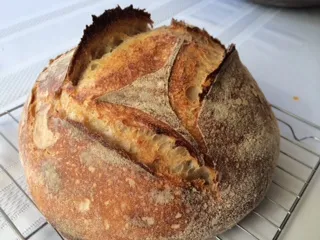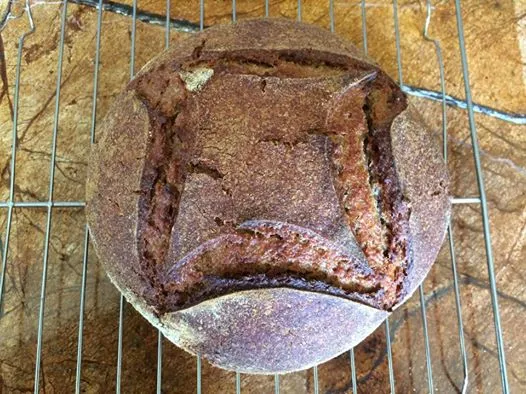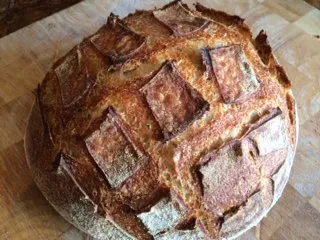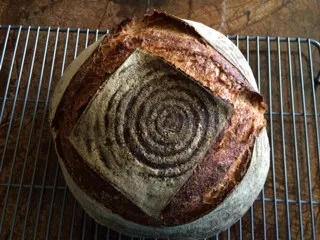Seeded Sourdough Variation with Flax Seed Soaker
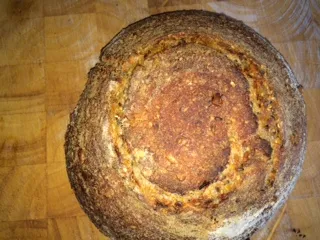
I wanted to try a seeded sourdough with a flax seed soaker, so i found the recipe below. I made a number of variations along the way, due to preference and timing. I noted the changes I made at the right of the original recipe.I wanted more of a whole wheat loaf, so I changed the recipe to add much more whole wheat and used a whole wheat starter. My husband and I really enjoyed the result. It was crusty, but chewy, and the seeds inside really added a lot of tangy taste to the loaf.
- Log in or register to post comments
- 6 comments
- View post
- CAphyl's Blog
